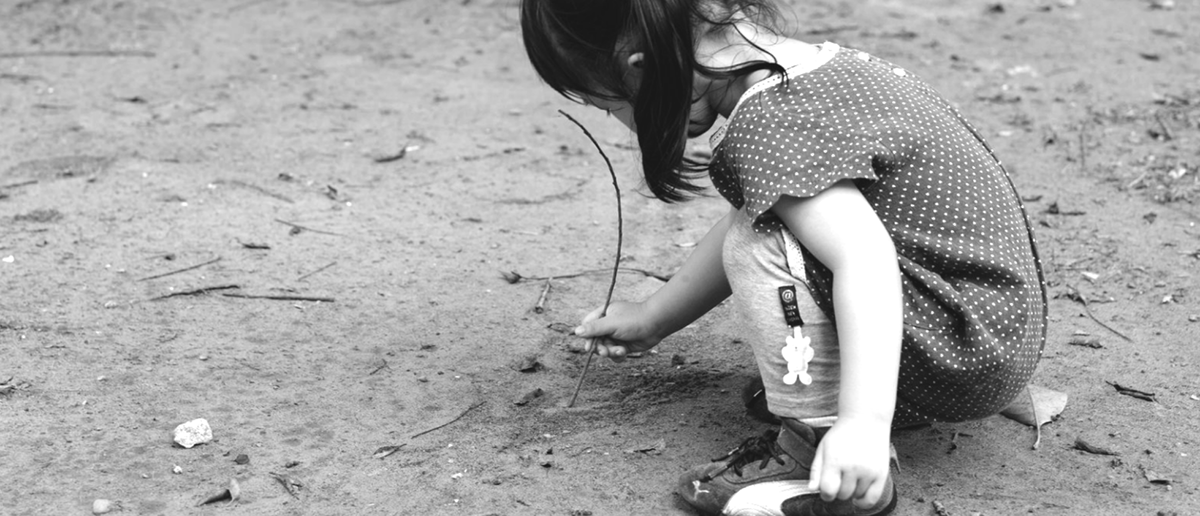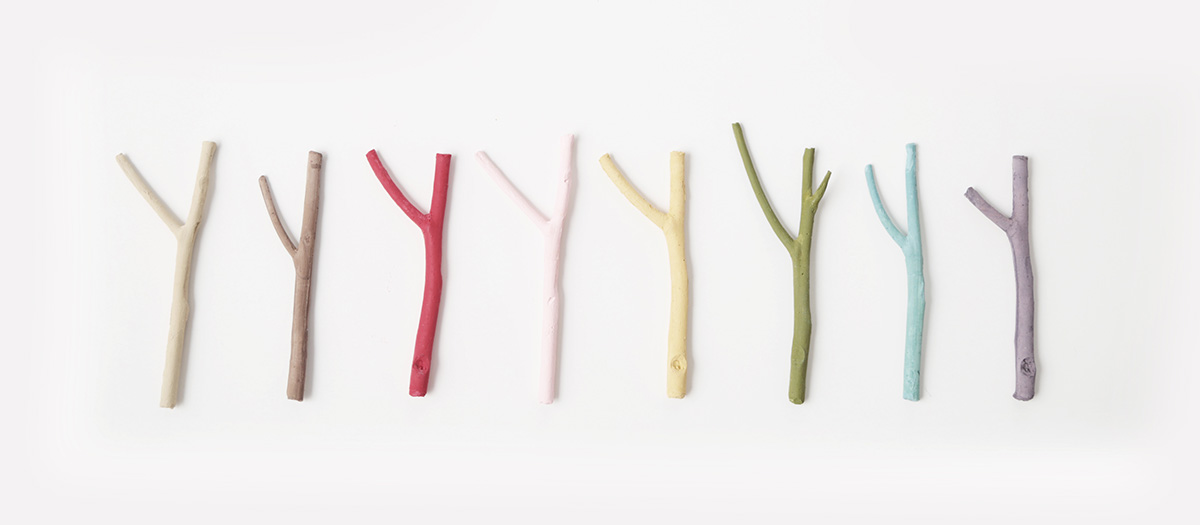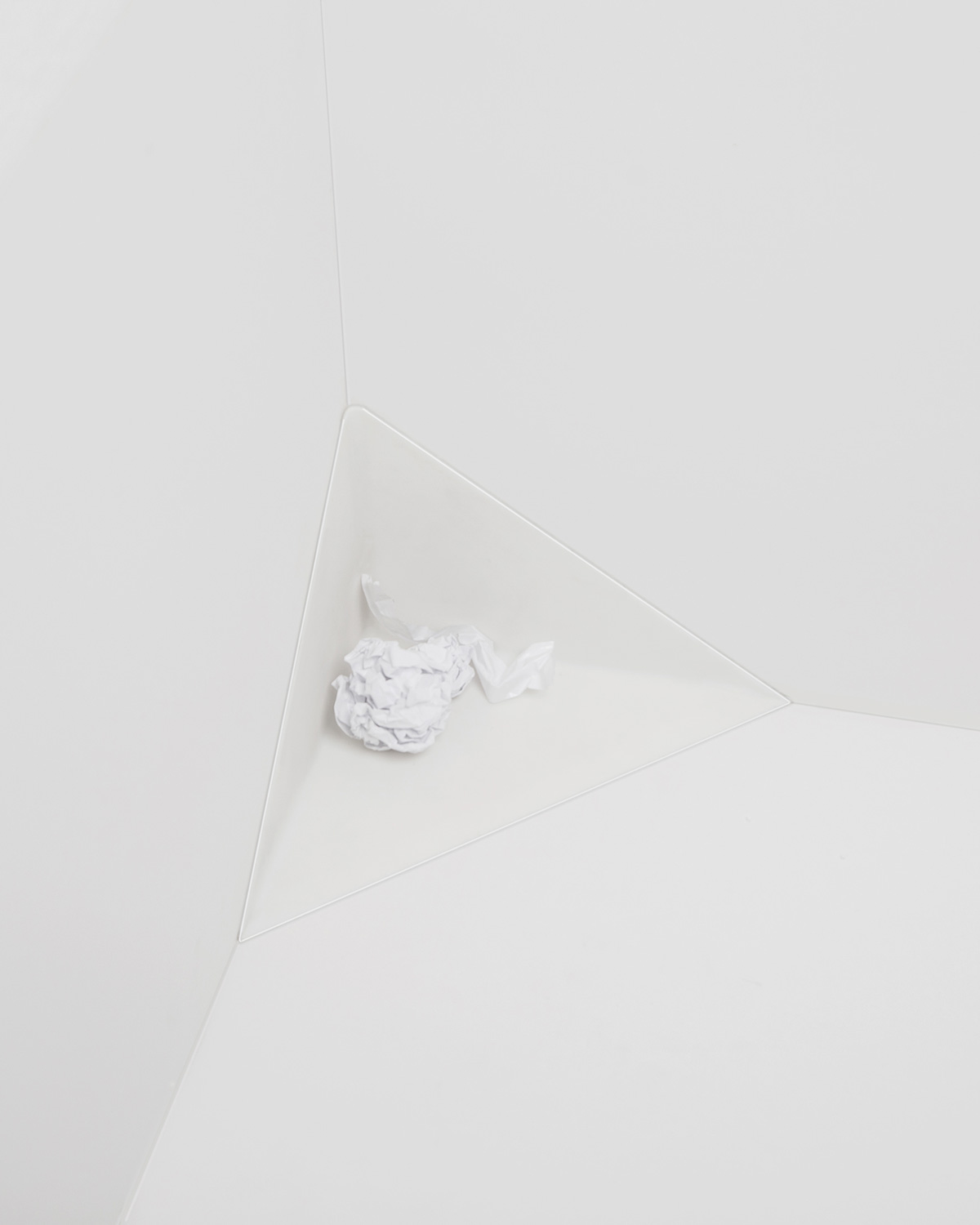行为设计/Behavior Design
人的直觉直接转化为行为 ,人的行为能够转化成什么 ? 产品 。
我们围绕这一主题,提取生活中五个熟悉的场景 ,
赋予我们的理念 ,设计出一系列产品。
让产品具备功能的同时也具备更多“人”的属性 。
我们围绕这一主题,提取生活中五个熟悉的场景 ,
赋予我们的理念 ,设计出一系列产品。
让产品具备功能的同时也具备更多“人”的属性 。
The intuitions of huamn can be transformed into behaviors.
And what can behaviour make? Products.
We focus on this theme and extract five familiar scenes from daily life.
Then apply our ideas to them and design a serous of products.
In this case, products are not only functional but also kind to human.
And what can behaviour make? Products.
We focus on this theme and extract five familiar scenes from daily life.
Then apply our ideas to them and design a serous of products.
In this case, products are not only functional but also kind to human.

「 树枝 」蜡笔 「Branch」Crayon
小时候经常去捡树枝在水泥墙上、地上画,那个时候总是本能地在地上画东西,树枝在人的直觉反应下变成了一只“笔”。
Children like picking up branches and drawing on wall or ground. We draw on ground instinctlly at those time. In this case, branches are used as“pens”.



「 楼梯 」椅子 「 Stairs 」Stool
平时等人、聊天的时候,我们经常会做在楼梯上,楼梯本身并不具备这样的功能,但是它的形态让人不自觉地想坐,人的直觉把它变成了一把椅子。
We are accustomed to sit on stairs while waiting and chatting with friends. Actually, stairs were not designed for sitting, but we can not help to sit on it. People treat it as a stool instinctlly.



「 墙角 」簸箕 「 Corner 」 Dustpan
没有簸箕的时候我们习惯把垃圾扫到什么地方?肯定是墙角。一个可以“隐藏”在墙角的簸箕,这样就算本能的往墙角扫也是扫进簸箕里了。
Where do we used to sweep dust without dustpan? It must be th corner. This is a “hidden” dustpan on corner of wall, so this is instinct that sweep dust to the corner.



「 卷纸 」便签 「 Rool 」Notes
身边没有纸的情况下,我们把要写的东西记在餐巾纸,但是非常难写。把这个习惯变成产品,不仅方便使用,还可以任意控制便签的长度。
We usually write down some words on napkins if we did not find any paper around. However, it is very difficult to write on. In this case, we are inspired from it and made a product which are not only convenience but also can be teared easily in any length you want.



「 门锁 」钥匙 Key Holder
人们总是经常把钥匙挂在门的钥匙孔上,有时候是因为惰性不知道放哪,有时候是直接放在门锁上保存,一个可以利用人的这种习惯存放钥匙的产品。
People are used to put keys on the keyhole of door. Some times it is due to the habit of forgotten, sometimes due to convenient. This product is inspired from human behaviors.



